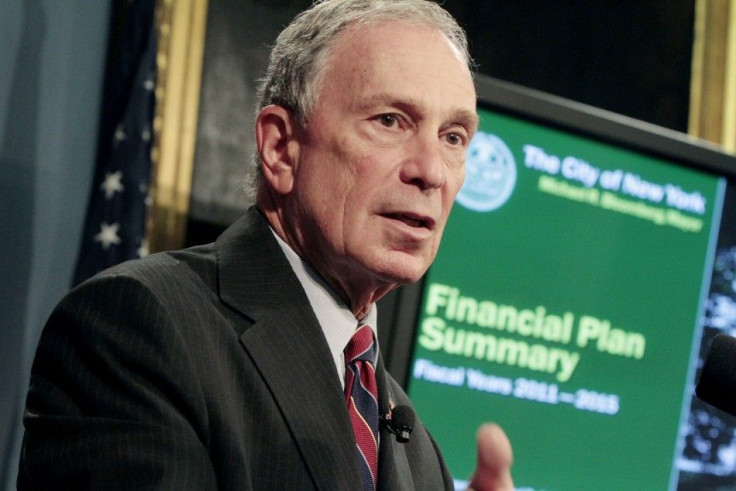Hurricane Evacuations New York: Bloomberg Orders First Evacuations

Responding to Hurricane Irene's inexorable progress toward New York City, mayor Michael Bloomberg announced Friday that he was ordering mandatory evacuations for residents of vulnerable low-lying and coastal neighborhoods.
The unprecedented order covered some 250,000 denizens of coastal areas in Brooklyn and Queens -- including Coney Island and Manhattan Beach in Brooklyn, Far Rockaway and Broad Channel in Queens -- parts of Staten Island, Battery Park City, the financial district in Lower Manhattan and Governor's Island. Hospitals and nursing homes had already begun evacuating residents. The City released a map of which areas face evacuation: you can access it, by clicking here.
You only have to look at the weather maps to understand how big this storm is and how unique it is, and it's heading basically for us, Bloomberg said at a news conference. If you're in its way it's a lot more powerful than any of us.
Officials also elected to shut down New York City's sprawling transit system, which encompasses both the subway and an array of commuter rail lines that serve Long Island, Westchester County and Connecticut, starting on Saturday. An array of bridges that included the George Washington Bridge, the Robert F. Kennedy Triboro Bridge, the Throgs Neck Bridge and the Whitestone Bridge could be closed if winds become strong enough.
Governor Andrew Cuomo officially declared a state of emergency on Thursday, dispatching state police and troops from the Division of Military and Naval Affairs while putting agencies tasked with overseeing transportation and the power grid on high alert. He instructed the Department of Health to begin formulating plans for the possibility that hospitals could be flooded.
We are communicating with our federal and local partners to track the storm and to plan a coordinated response, and we will deploy resources as needed to the areas expected to be hit the hardest, Cuomo said in a statement. I urge New Yorkers to personally prepare for hurricane conditions and to cooperate with emergency officials if needed.
Bloomberg also ordered a halt to construction work until Monday morning and canceled permits for events in the city on Sunday and in at-risk areas on Saturday.
The city's Office of Emergency Management has a tool to allow New Yorkers to ascertain whether they live in an evacuation zone. The agency said those areas are especially prone to storm surges, essentially masses of water that hurricane winds can propel onto land.
Storm surge from a strong hurricane would not be limited to waterfront properties and could conceivably push miles inland in some areas, a posting on OEM's Web site said.
New York City's unique geography -- located at a bend in the coastline between New Jersey and Long Island -- makes it especially vulnerable.
© Copyright IBTimes 2024. All rights reserved.











